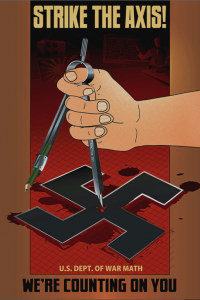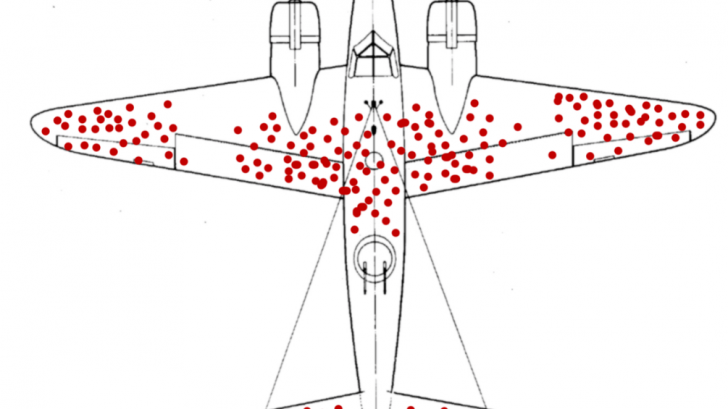Turns out, the secret to improving the odds of returning aircraft was not additional armor on the most damaged parts.
During the war, The United States commissioned a select group of mathematicians which came to be known as the Statistical Research Group. They worked around the clock in developing ballistic tables, patterns, and computational devices that helped the military find solutions to problems that are beyond the comprehension of the eyes.
One of these elite mathematicians is Albert Wald, who is considered to have advanced the field of probability and statistics with a keen eye for neglected data. He is famous for preventing the military from falling into a common error in perception: The Survivorship Bias.
What is Survivorship Bias?
Survivorship Bias is a selection bias that focuses on the survivors in evaluating an event or outcome.
When it came to fighter planes returning from combat, they were evaluated based on the location of bullet holes they received.
Naturally, the U.S. Army Air Force wanted to reinforce these damaged areas with more armor.
https://www.instagram.com/p/Bvn90ishWTK/?utm_source=ig_web_copy_link
Why was it a foolish idea to put more armor on the most susceptible parts of the plane?
Of course, additional armor meant heavier planes that are less maneuverable and less fuel-efficient.
But the real reason against additional armor is that the holes precisely showed the strongest parts of the plane since the plane survived despite the damage it suffered.
To put it simply, the plane survived despite being hit on those specific parts, and that means that those badly-hit parts can withstand enemy fire.
And boiled down to its essence: The holes revealed the parts that needed the least additional protection.

How did Wald keep the military officers from falling prey to the Survivorship Bias?
Abraham Wald asked a simple question:
“Where are the missing holes?”
The missing bullets, he said, were on the missing planes. Some planes successfully returned because they had less damage to their engines, and those that got badly damaged engines were gone.
Thus, the additional armor were placed on the engines.
On the other hand, he convincingly argued that the returning planes with the badly damaged fuselage evidenced that fuselage hits should be tolerated as much as possible.



